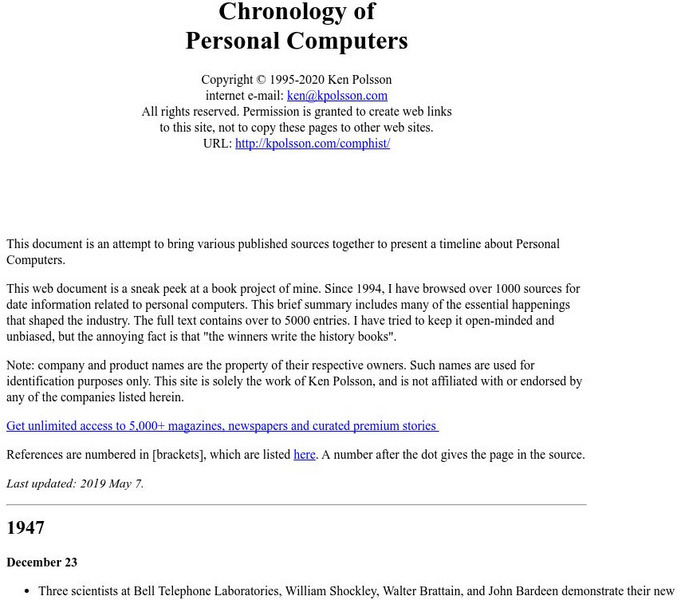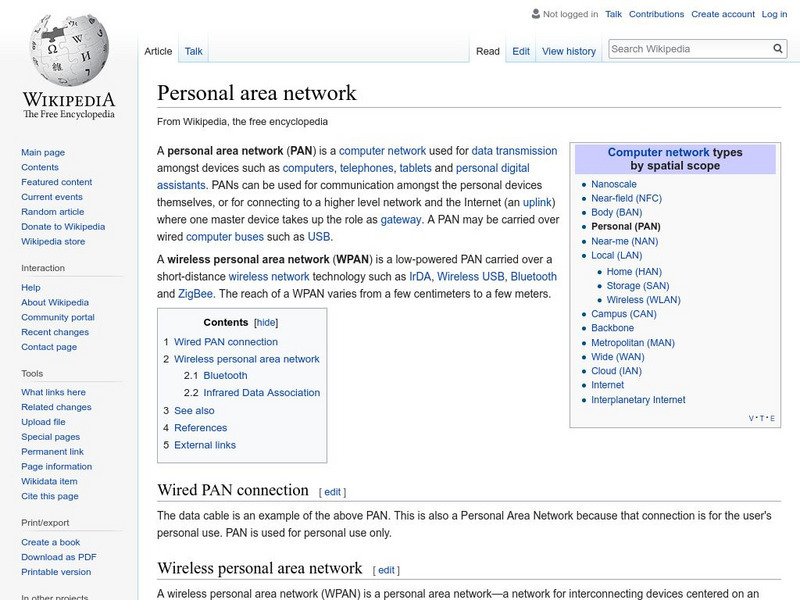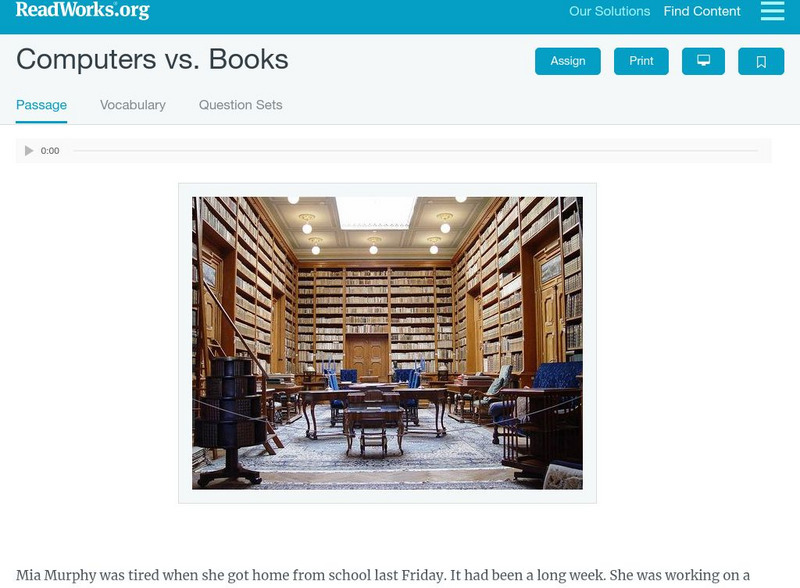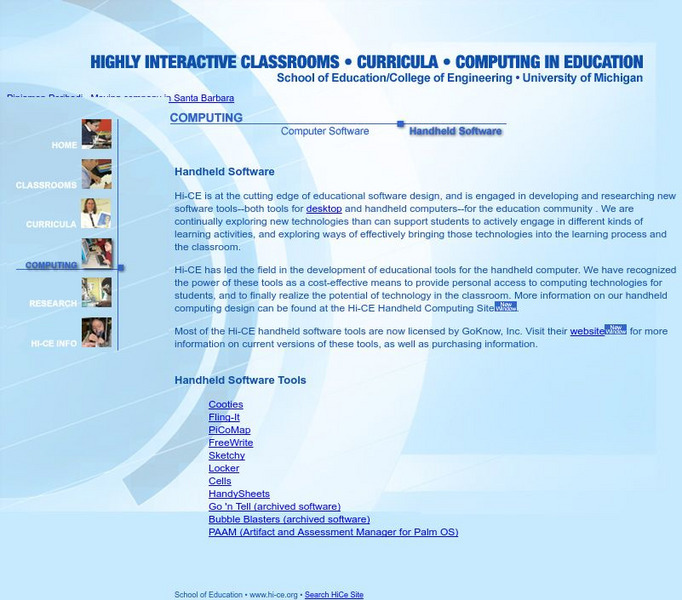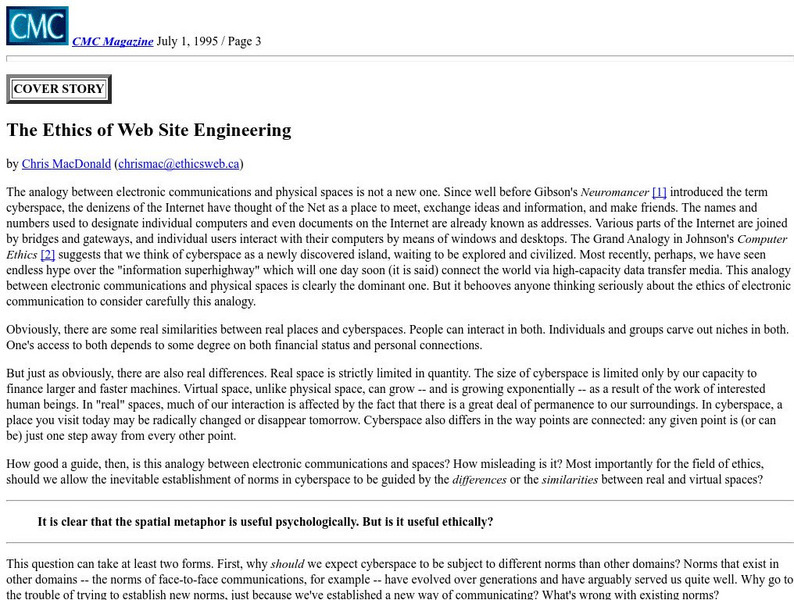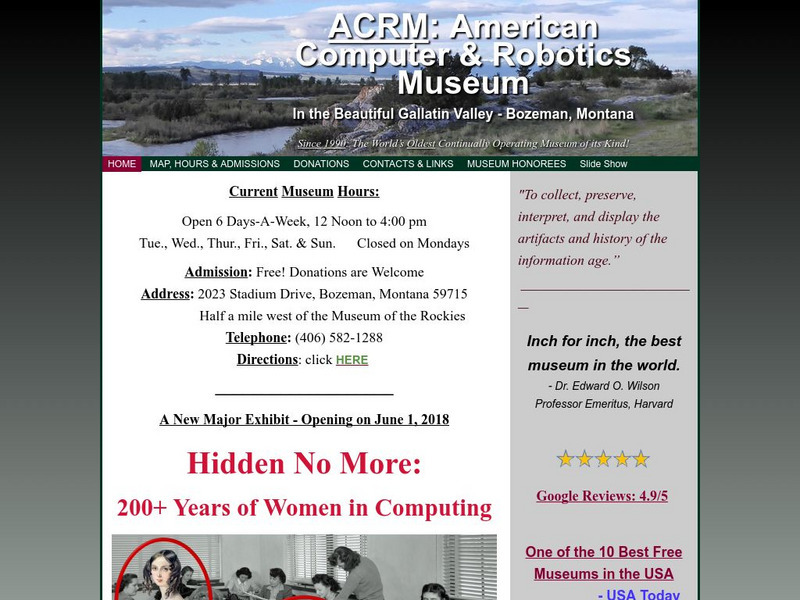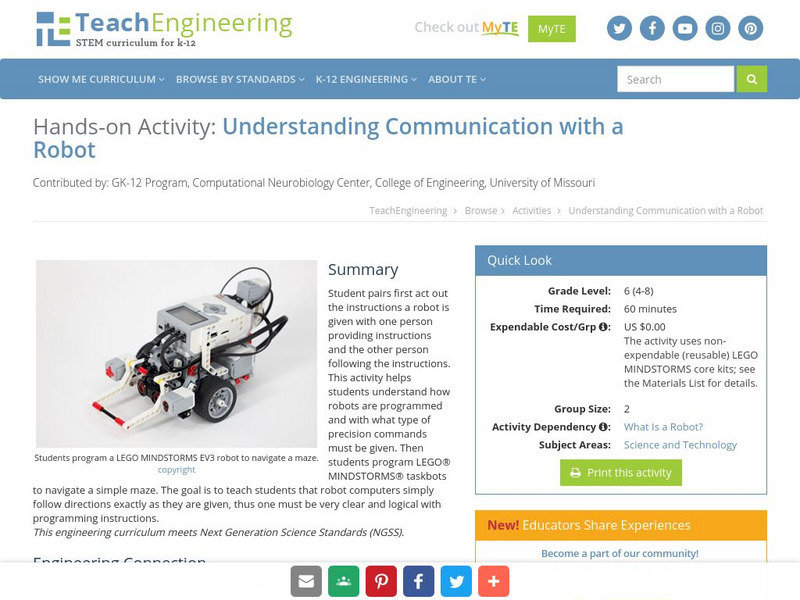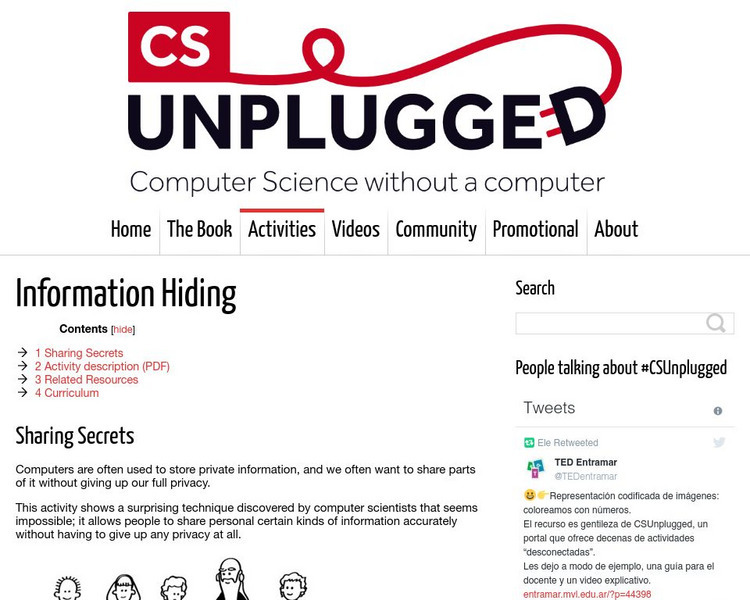Hi, what do you want to do?
Other
Chronology of Personal Computers
This site has a month-by-month outline of the essential happenings that shaped the personal computer industry from 1947 to the present.
Wikimedia
Wikipedia: Personal Computer
This site contains a Wikipedia description of personal computers.
PBS
Pbs: Triumph of the Nerds
This page is the companion website to the PBS television special, Triumph of the Nerds. Coverage includes a history of the computer, a who's who, and a television transcript.
Goodwill
Gcf Global: Buying Computers: What Is a Chromebook?
Learn about the design and functionality of a Chromebook.
Wikimedia
Wikipedia: Personal Area Network (Pan)
Wikipedia gives an excellent encyclopedia definition of a Personal Area Network for the computer, or PAN.
Read Works
Read Works: Computers vs. Books
[Free Registration/Login Required] A literary text about a girl named Mia who learned how homework was different when her parents were growing up. A question sheet is available to help students build skills in reading comprehension.
Get Safe Online
Get Safe Online: Using Microsoft Windows Vista Safely
Microsoft Windows Vista is an operating system for personal computers that was introduced in 2005. This site provides some tips on how to make a Vista installation safe and secure.
Other
Timelines of History
Here, you can see timelines of various eras and events in history. View a chronology of World War II as well as chronologies of video game systems and personal computers. This website provides good examples of simple, yet informative,...
Other
Hi Ce
The University of Michigan's Center for Highly Interactive Computing in Education offers this site as a learning tool to use handheld computers in the classroom.
Other
Vocabulary Training Exercises
This site contains multiple vocabulary tests of 100 words each that drill word sets from animals to words of the soul. It also contains grammar quizzes and a personalized test generator.
ibiblio
Ibiblio: The Ethics of Web Site Engineering
An article from Chris MacDonald on computer ethics of Web site engineering. Includes ethics, personal space, and administrave responsibility.
Get Safe Online
Get Safe Online: Safe Linux Use
Linux is a popular operating system that is use on many personal computers. This resource provides a checklist that helps a user make their Linux installation fully secure.
Wikimedia
Wikipedia: History of Computing
This narrative from the Wikipedia encyclopedia presents the major developments in the history of computing. It discusses the earliest devices used to perform calculations, the era of modern computing that began during World War II,...
TeachEngineering
Teach Engineering: Understanding Communication With a Robot
Student pairs first act out the instructions a robot is given with one person providing instructions and the other person following the instructions. This activity helps students understand how a robot is programmed and with what type of...
PBS
Pbs Learning Media: Tynker Hour of Code Puzzle: Dragon Dash
Students solve complex coding puzzles by applying computer programming concepts and enhance STEM learning outcomes as they play a fun coding adventure game. Learn skills such as patterning, sequencing, nested loops, conditionals, plus...
Independence Hall Association
U.s. History: Living in the Information Age
Read about the technological advances that brought on the information age at the beginning of the 21st century. The internet, e-mail, and the spread of fiber-optic cables revolutionized the amount of information available to the ordinary...
Khan Academy
Khan Academy: The Need for Encryption
A huge amount of private data is sent around the Internet every day: emails with details about our personal lives, passwords that we type into login screens, tax documents that we upload to servers. Learn more about the need for data...
University of Canterbury
University of Canterbury: Cs Unplugged: Information Hiding
This surprising technique discovered by computer scientists that seems impossible allows people to share personal certain kinds of information accurately without having to give up any privacy at all.
Other
Business Software Alliance: 2018 Global Software Survey
BSA's study estimates the volume and value of unlicensed software installed on personal computers across more than 110 national and regional economies.
Other
My Data = My Mondrian
Take a minute and fill out the short questionaire about yourself. The computer converts your data into a personalized painting-- Mondrian style. Everyone will want to try this again and again!
Capital Community College Foundation
Guide to Grammar and Writing: Principles of a Composition
Writing a Paper? Here at the Capital Community College is everything you could ever ask for while preparing your essay. This site includes the writing process, structure, thesis statement, transitions, the computer as a writing...
Khan Academy
Khan Academy: Classroom Ddebugging Guide
Use these tips to talk through student questions about computer programming.
New Zealand Ministry of Education
Nz Ministry of Education: Postcards From My Planet
In this instructional activity, learn about the features of postcards. Then they design their own postcard making the visual part (by hand or computer) fit the message being sent. They then address and mail their card (with the help of...





